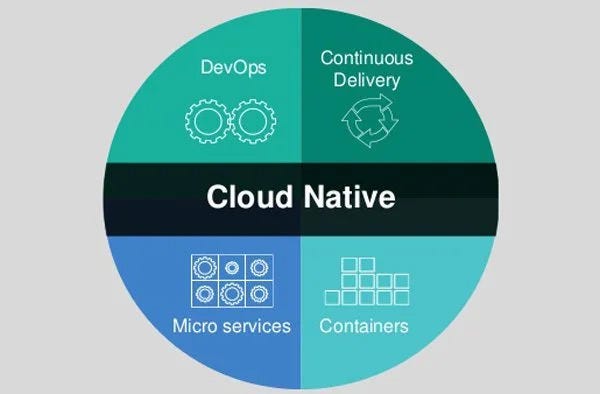Building for the Cloud: A Dive into Cloud Native Application Development in 2024

Introduction:
As we step further into the digital era, the demand for scalable, resilient, and flexible software solutions is at an all-time high. Cloud native application development has emerged as the key enabler for organizations looking to harness the full potential of the cloud. In this blog post, we’ll take a deep dive into the landscape of cloud native application development in 2024, exploring the trends, technologies, and best practices that shape this dynamic ecosystem.
The Evolution of Cloud Native Development:
Cloud native development is not a new concept, but its evolution continues to accelerate, driven by the need for efficient, agile, and scalable applications. In 2024, we witness a maturation of cloud native practices, with a strong emphasis on containerization, microservices architecture, and DevOps methodologies.
- Containerization Dominance: Containers have become the cornerstone of cloud native development. Technologies like Docker and container orchestration tools such as Kubernetes have streamlined the deployment and management of applications across diverse cloud environments. In 2024, containerization is not just a best practice but a fundamental requirement for building scalable and portable applications.
- Microservices Architecture: Microservices, the architectural style of breaking down applications into small, independent services, continues to gain prominence. This approach enables organizations to achieve greater flexibility, scalability, and fault isolation. In 2024, microservices are not just a trend but a standard practice, allowing developers to build and deploy applications more efficiently.
- Serverless Computing: Serverless computing has evolved from being a niche trend to a mainstream solution for certain workloads. With platforms like AWS Lambda, Azure Functions, and Google Cloud Functions maturing, developers can focus on writing code without the burden of managing infrastructure. Serverless architectures are becoming increasingly popular in scenarios where rapid scalability and cost efficiency are paramount.
- DevOps Integration: DevOps practices, emphasizing collaboration between development and operations teams, are deeply ingrained in cloud native development. Automation, continuous integration, and continuous delivery (CI/CD) pipelines are not just recommended but essential for achieving the agility and efficiency demanded by modern software development processes.
- Cloud Agnosticism: The rise of multi-cloud strategies is evident in 2024, with organizations opting for a combination of public cloud providers or maintaining a presence in both public and private clouds. Cloud agnosticism, achieved through tools like Kubernetes, allows applications to run seamlessly across different cloud environments, providing flexibility and minimizing vendor lock-in.
Challenges and Considerations:
While the benefits of cloud native development are substantial, challenges persist. Security, data management, and the complexity of managing distributed systems are areas that developers and organizations need to address. Furthermore, the pace of technological evolution requires continuous learning and adaptation.
Conclusion:
In 2024, building for the cloud is not just a preference but a necessity. Cloud native application development, with its emphasis on containers, microservices, and DevOps practices, is reshaping the way software is designed, built, and deployed. As organizations strive for innovation, efficiency, and resilience, embracing the principles of cloud native development becomes paramount. Whether you are a seasoned developer or a business leader, staying informed and adopting best practices in this ever-evolving landscape will be crucial for success in the digital age.


Comments
Post a Comment